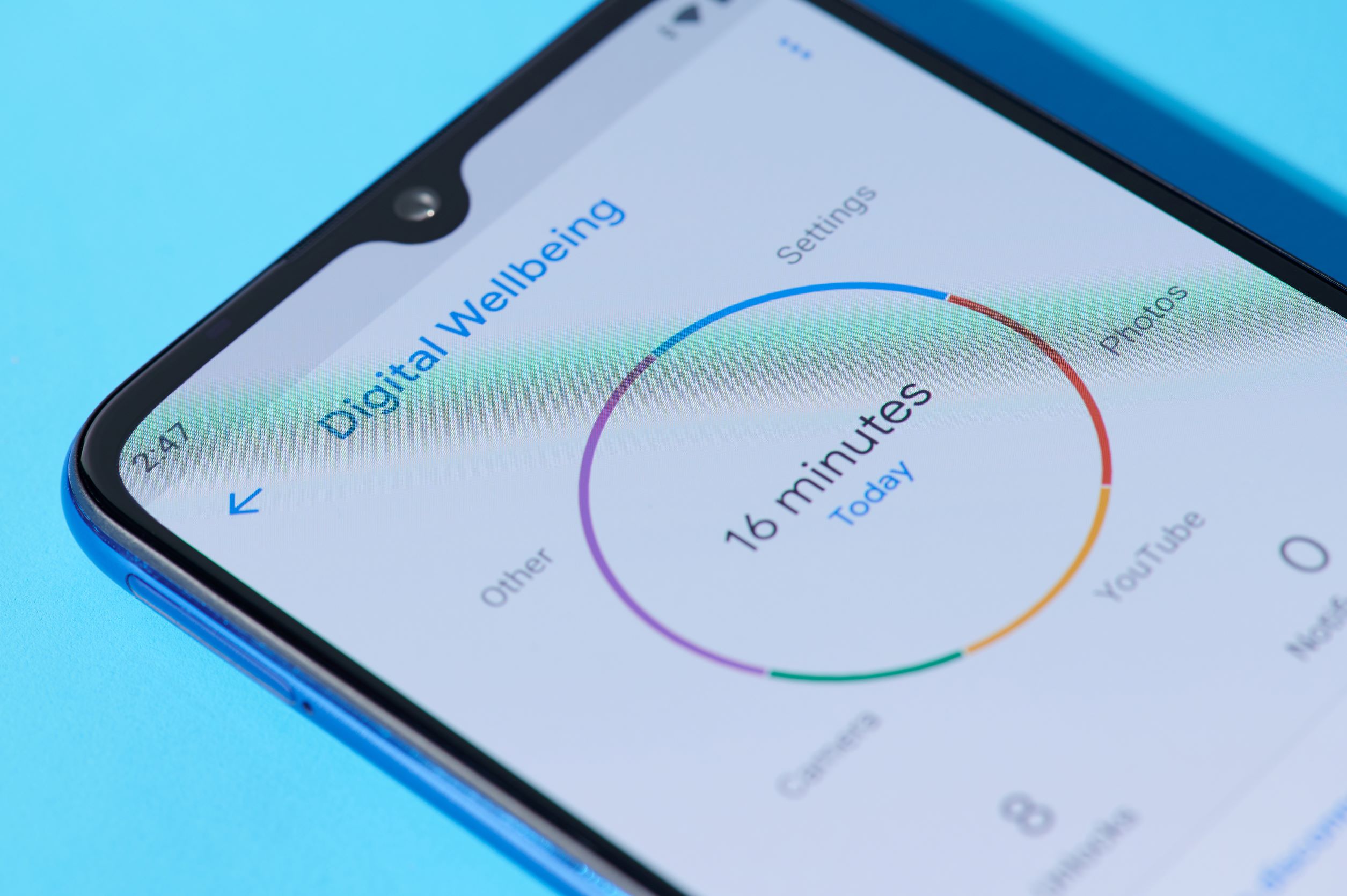What is Digital Wellbeing?
Digital wellbeing, often referred to as online wellness, means having an awareness of how being online can make us feel, as well as looking after ourselves and others when online. Whether we realise it or not being online can influence our emotions, our mental health and perhaps in turn our physical health. Digital Wellbeing refers to both the positive and negative impacts the online world can have on our health. Digital learning is a modern form of learning. Nowadays with the introduction of online seminars, e-books, virtual learning and much more, we are almost dependent on the internet to function in our daily lives. As adults, we tend to be able to understand our emotions and feelings more than children. Children and students often need to be taught how certain actions and comments, whether they be online or in real-life interactions, can impact both themselves and others and why they feel the way that they do about certain situations.
How can we teach Digital Wellbeing in the classroom?
The digital space has transformed the way students learn and also the way we as Teachers teach in our classrooms. Digital Wellbeing is a vital part of Internet Safety. With the positives of digital, there are also the negatives that students should be safeguarded against as much as possible. In last week's Parent Blog, which can be found here, we spoke about the importance of parents monitoring children's online activity. While parents might be met with some resistance at home, if taught in the classroom, the concept of looking after your digital health and safety will become more of a general rule of thumb in the lives of younger people. Here are some lessons and tips we have put together to help teach Digital Wellbeing;An at-home lesson.
Children learn by example and they will often imitate the behaviour they see at home. A great way to see what relationship a child's household has with technology is to give them an at-home activity.
Challenge students to a 'Device Free Dinner Week' where they and their families have to put away all devices and turn off the TV at dinner time for a week. Once the week is up give students a worksheet with some questions like the ones below.
- How was the experience?
- What did you find out about someone else’s day?
- How do you feel when someone is looking at their phone during a conversation?
- What other device-free activities would you want to do?
Who is responsible?
It's essential to teach students that they alone are responsible for their online behaviour. We might be surprised to know that students are often of the opinion that comments that are put online don't have repercussions and don't impact other people. It's easier to make a comment both positive or negative online than it would be to say it to someone's face. They are also partly responsible for their screen time. We are all guilty of spending too much time in front of a screen. Teach students an element of time management by giving them a lesson where they are responsible for managing their own screen time.
Challenge students to a week of using a screen time app (there is usually one in the settings of most phones). Set them a limit of hours they can spend on their screens each day and allow them to see how much they exceed the limit or fall under the limit. See below for some questions you can ask at the end of the challenge.
- How did you feel during the break?
- Did you notice any improvements in sleep,?
- Did you suffer from FOMO (fear of missing out)
- How much time did you spend without social media? Why did you stop or continue with the challenge?
Tone of Messages
We have all read emails and text messages where we have misinterpreted the message or thought that someone was mad or annoyed with us by simply picking up the tone wrong. The same can happen with students as they forward messages back and forth daily. A good lesson to teach students about the tone of what they write would be to have them write down some of the frequent messages they send. For example 'Ok lol' or 'Cool' or 'Whatever'. Students read them out loud in class in different tones of voice and other students answer as to how they would perceive those messages if they received them.Internet Safety and Digital Wellbeing
Cyberbullying, inappropriate content and excessive internet use are just some of the issues young people are dealing with today. Zeeko Education provides Internet Safety training both virtually and on-site to suit every school’s needs. Read more on our seminars here or forward this link to your child's teacher.
Don't forget to sign up for our Parents Blog List here. Teachers can sign up for our Monthly Teachers Newsletter here.


